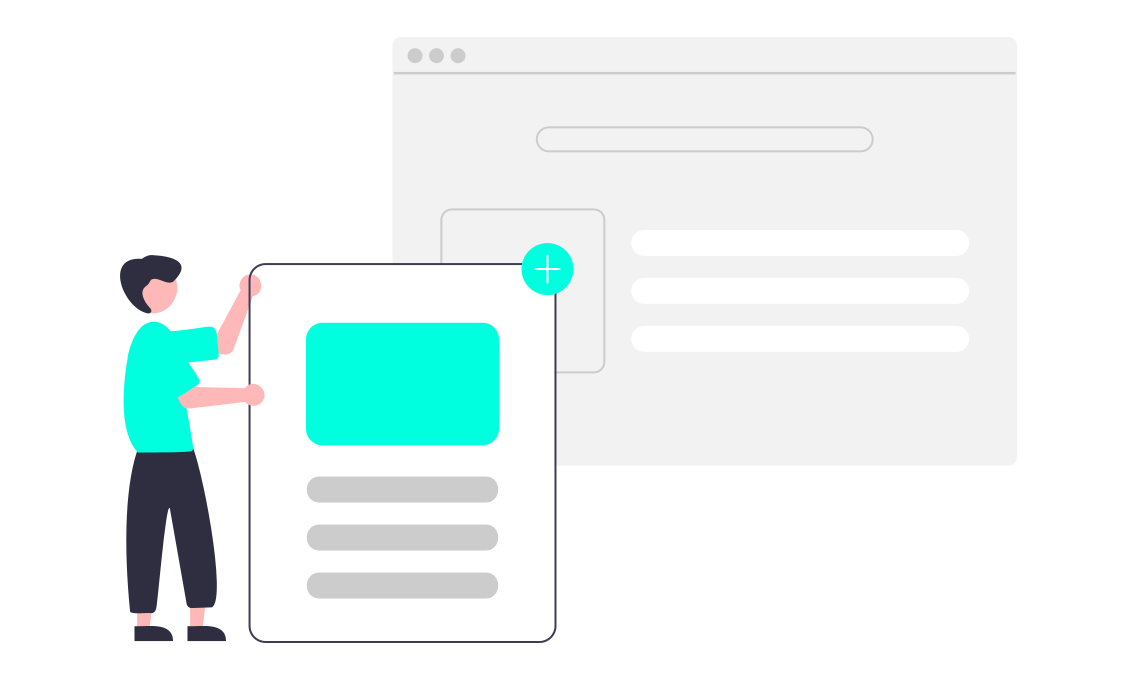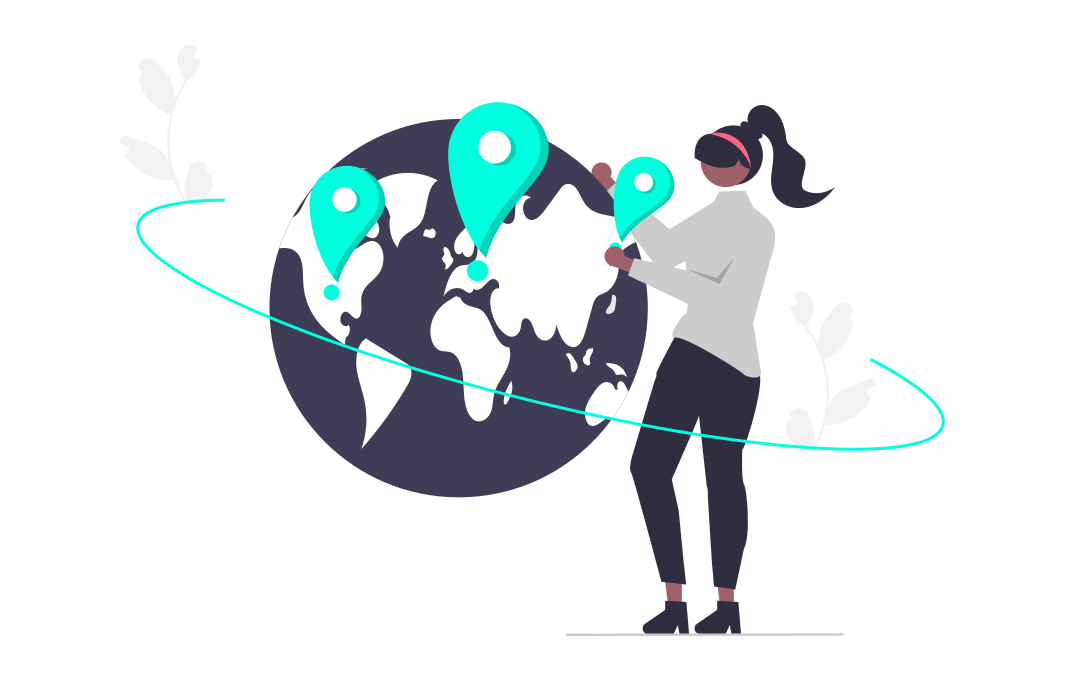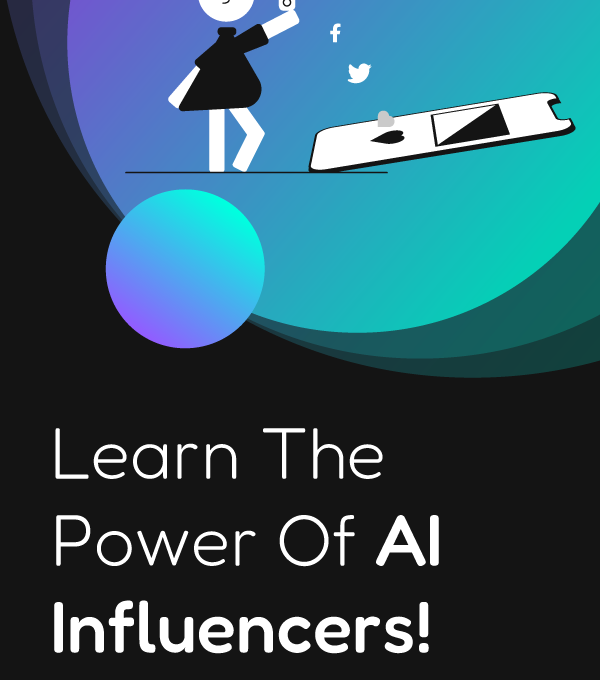Who would’ve imagined following AI models on social media? No one, right? But, it’s happening! In 2024, AI influencers are not just animated characters; they’ve become digital stars, setting trends, sparking conversations, and attracting global audiences. Their creative personas and engaging content are changing what it means to be an influencer.
AI influencers have brought a new twist to social media and content creation. These digital avatars captivate audiences, promote brands, and even support social causes. Whether you’re into fashion, gaming, or just curious about future trends, there’s an AI influencer for you.
The influencer industry, now worth over $20 billion, is evolving fast with AI influencers. These digital personalities act like human influencers, posting selfies, sharing daily content, and partnering with big brands. But unlike humans, they exist only online.
A US study found that 58 percent of people were following a virtual influencer, highlighting their growing impact.
But, are AI influencers here to stay, or are they just a passing trend? Dive into our complete blog post where we discuss the advantages, limitations, and the top 6 AI influencers of 2024.
What are AI Influencers?
AI influencers are digital personas created using computer-generated imagery (CGI) and artificial intelligence (AI) technologies. Unlike human influencers, these characters are entirely fictional or semi-fictional, created to interact with your audience on social media platforms. They have specific traits, styles, and backstories that make them seem real to their followers.
These AI influencers can represent various demographics and interests, allowing your brand to target specific audiences effectively. They engage in many activities, such as promoting products, participating in social causes, or starring in digital entertainment like music videos and short films. You’ll see them post selfies, dance, attend events, and even engage in online conversations just like real people.
The versatility and scalability of AI influencers are significant advantages. They can be programmed to perform various tasks and are not limited by human constraints. Managed by creative teams, these influencers are designed to appeal particularly to younger generations like Gen Z and Gen Alpha, who are deeply integrated into the social media world.
Advantages of Using Virtual Influencers
Virtual influencers are digital personalities created with advanced technology, and they are transforming the world of marketing. These AI-driven characters can engage audiences just like human influencers but with unique benefits. From offering greater control over content to being highly adaptable and cost-efficient, virtual influencers bring a new level of versatility and global reach to brands.
Curious about why virtual influencers are becoming so popular? Explore the various advantages and see how they can elevate your marketing strategies.
1. Greater Control Over Content
With virtual influencers, you have complete control over what they say and do. Unlike human influencers, who have their own thoughts and feelings, virtual influencers only follow the script you give them. This means you can perfectly align their messages with your brand’s vision.
Mistakes can be corrected instantly, and you don’t have to worry about unpredictable behavior. You can also dictate every detail of their content, ensuring it’s always on-brand. This level of control also enhances brand safety, as virtual influencers are less likely to be involved in controversies.

2. High Adaptability
Virtual influencers can adapt to any scenario, never age, and can speak any language. They can ‘travel’ anywhere without the logistical challenges faced by human influencers. This means you can use the same virtual influencer for campaigns across different regions, saving time and resources.
Their adaptability allows you to reach diverse audiences effectively, making them ideal for global campaigns. They can easily integrate into various cultural contexts, ensuring your brand message resonates universally.
3. Cost Efficient
Using AI influencers can save you a lot of money compared to traditional influencer marketing. They don’t need travel, accommodation, or other expenses that come with human influencers. Most of their content is created digitally, which is faster and cheaper than organizing photoshoots.
There are no issues with employment laws, scheduling, or travel logistics. This makes them a financially attractive option, especially for large-scale or international campaigns. By reusing and repurposing digital assets, you can further enhance the cost-effectiveness of your marketing efforts.
4. Easy to Scale
Scaling your marketing efforts is easier with virtual influencers. You can create multiple digital personalities to target different demographics and markets. These influencers can generate content and engage with followers 24/7, something human influencers can’t do.
You can also quickly adjust their content by changing the code, allowing for faster and more precise delivery of your marketing messages. This scalability makes virtual influencers highly efficient for growing your brand’s reach.
5. Wide Global Reach and Appeal
AI influencers can reach a global audience, transcending geographical and cultural boundaries. They can engage with a diverse, international following, making them ideal for brands looking to expand their global presence. By partnering with virtual influencers, you can tap into new markets and demographics, broadening your consumer base.
Their universal appeal allows them to connect with audiences worldwide, helping your brand establish a strong international footprint. This wide reach is particularly beneficial for brands aiming to strengthen their presence in multiple regions simultaneously.

Limitations of Virtual Influencers
AI influencers are here to stay, coexisting with human influencers rather than replacing them. Despite their impressive ability to mimic human emotions, humor, and creativity, they lack true sentience. This means they can’t connect with people as genuinely as a real person can. The human touch, with its empathy and adaptability, still sets human influencers apart from their digital counterparts.
Want to learn more? Explore the three main limitations of virtual influencers and see why the human element remains crucial in influencer marketing.
1. Lack of Authenticity
Authenticity that comes naturally to human influencers is often a limitation while using virtual influencers. While they can mimic human emotions and interactions, they don’t experience real-life emotions or events. This can make it hard for your audiences to form a genuine connection with them. Unlike human influencers who share their personal experiences and stories, virtual influencers only offer scripted content.
This absence of real human experience can lead to a lack of trust and relatability. Your audience might find it difficult to relate to a digital entity with a fabricated life, which can affect how trustworthy they perceive the virtual influencer’s recommendations. While virtual influencers can be appealing and innovative, the unique human ability to empathize and connect on a personal level is still unmatched.
2. Risk of Misinformation and Bias
Virtual influencers are entirely controlled by their creators, which poses a risk of spreading misinformation or biased views. If their artificial nature is not clearly disclosed, your audience might mistake their content for genuine human advice. In a time when information spreads quickly and the distinction between real and artificial content is blurred, this can be problematic.
Creators need to be responsible and ethical, ensuring that their virtual influencers do not become sources of misleading or harmful information. The risk of misinformation is significant, especially when virtual influencers discuss sensitive topics or endorse products without the capacity for real-life experiences or understanding.

3. Inability to Experience Products
One of the biggest issues with a virtual influencer is that they cannot truly experience the products they promote. They can’t try on clothes, test makeup, or enjoy a meal, which limits their ability to provide genuine feedback. Your consumers often look to influencers for honest opinions based on personal experiences, something virtual influencers can’t offer. This can make their endorsements seem shallow or disingenuous.
For instance, a virtual influencer promoting skincare products can’t share real-life results or feelings about the product. This lack of real-world experience can reduce their effectiveness in convincing consumers to purchase products compared to human influencers who can share authentic, lived experiences. The dynamic and spontaneous nature of human content is hard to replicate, which can make your virtual influencer content feel repetitive or less engaging.
Leading AI Influencers in 2024
Virtual influencers have been quietly revolutionizing influencer marketing for some time now. From fashion icons to animated characters, these digital personalities have built massive followings on social media. In 2024, the trend is gaining momentum, with AI influencers becoming more prominent. Want to know who’s leading the pack? Explore our list of the top 6 AI influencers and see how they’re shaping the future of digital influence.
1. Lil Miquela
Lil Miquela, also known as Miquela Sousa, is a 21-year-old robot living in Los Angeles, according to her Instagram bio (@lilmiquela). Launched in 2016 by the creative agency Brud, she quickly became a pioneer in the virtual influencer space. With 2.5 million Instagram followers and 3.5 million TikTok followers, Lil Miquela is hugely popular.
She has collaborated with major brands like Prada, Calvin Klein, and Givenchy, and was named one of TIME magazine’s ’25 Most Influential People on the Internet’ in 2018. Her social media presence combines fashion, progressive politics, and the unique narrative of a digital persona navigating a human world, making her a standout figure in the virtual influencer industry.
2. Barbie
Barbie, the iconic doll from the late 1950s, has successfully transitioned to social media, captivating millions of fans. She has 2.9 million Instagram followers, 12.1 million YouTube subscribers, and more than 390,000 Twitter followers. On YouTube, she takes on the role of a vlogger, sharing lifestyle and inspirational content.
Her Instagram also supports social causes, like the Black Lives Matter movement, which garnered over 40,000 likes. Barbie’s extensive online presence and ability to engage audiences across multiple platforms highlight her enduring appeal and adaptability in the digital age.
3. Bermuda
Bermuda is a striking virtual influencer known for her bold personality and flashy style. Created in December 2016, she quickly made waves by staging a publicity stunt where she “hacked” fellow virtual influencer Lil Miquela’s Instagram. Bermuda aims to inspire young entrepreneurs, particularly women, to pursue careers in robotics and business.
Based in Los Angeles, she also explores a music career, with her cover of “Under the Bridge” by the Red Hot Chili Peppers available on Spotify. Her high-profile brand collaborations and engaging content blur the lines between reality and fiction, showcasing the potential and evolving role of digital personas in influencer marketing.
4. Kyra
Kyra, India’s first virtual influencer, captivates her audience with her vibrant and energetic persona. Created by Futr Studios, this 22-year-old virtual sensation has amassed 274,000 followers on Instagram. Kyra’s content is filled with aesthetic experiences, from serene beaches to historic sites like the Hawa Mahal in Jaipur. She also shares mouthwatering meals and wellness moments, embodying a blend of modeling, travel, and lifestyle inspiration.
Kyra has collaborated with prominent brands such as Titan, Morris Garages India, Realme, and Amazon Prime Video. Her positivity and creativity make her a favorite among young adults and lifestyle enthusiasts, positioning her as a trendsetter in the evolving landscape of digital marketing.
5. Imma
Imma, a virtual influencer based in Tokyo, is known for her iconic bubblegum-pink bob and stylish presence. Created by Aww Inc., Imma has garnered over 387,000 Instagram followers. Her content features her exploring Tokyo, posing with other influencers, and sharing moments with her digital dog, Einstein.
Imma often uses the hashtag #ithinkimcgi to explore her digital identity. She has collaborated with major brands like IKEA, Dior, Nike, and Coach, and even launched her own fashion brand, Astral Body. Imma also addresses important issues such as gender, race, and climate change, blending fashion and social commentary in her unique digital persona.
6. Noonoouri
Noonoouri, created by German graphic designer Joerg Zuber, is a prominent virtual influencer in the fashion and music industries. She has been featured in ad campaigns for Dior, Valentino, and Balenciaga, and is known for her sophisticated style. Noonoouri made history by signing a deal with Warner Music, becoming the first virtual influencer to do so.
Her debut single, “Dominoes,” was a collaborative effort with German DJ Alle Farben and utilized generative AI for her singing voice. Since its release in September 2023, the music video has garnered over 270,000 views on YouTube. Noonoouri’s blend of fashion and music marks her as a rising figure in the virtual influencer world.
Conclusion
So, to wrap up, AI influencers are changing how digital marketing works. We’ve talked about what they are, what’s good about them, their limitations, and even found out who the top AI influencers are in 2024. They have some cool benefits, like controlling content and reaching a lot of people globally.
But, they also have some downsides, like not being as authentic and not really knowing what it’s like to use products. Understanding these aspects helps you understand how influencer marketing is evolving.
Remember, while AI influencers are impactful, the human touch remains invaluable. Keep exploring, innovating, and leveraging the best of both worlds for effective brand promotion. So, dive into the AI influencer world, but don’t forget the importance of genuine connections.
Further Reads:
Top 100 Micro Instagram Influencers to Follow
3 Reasons Why Visual Content Marketing Is Better Than Boring Text
How Does Social Media Impact on Consumer Behaviour?
Virtual Influencers: Are AI Influencers The Future of Social Media?






